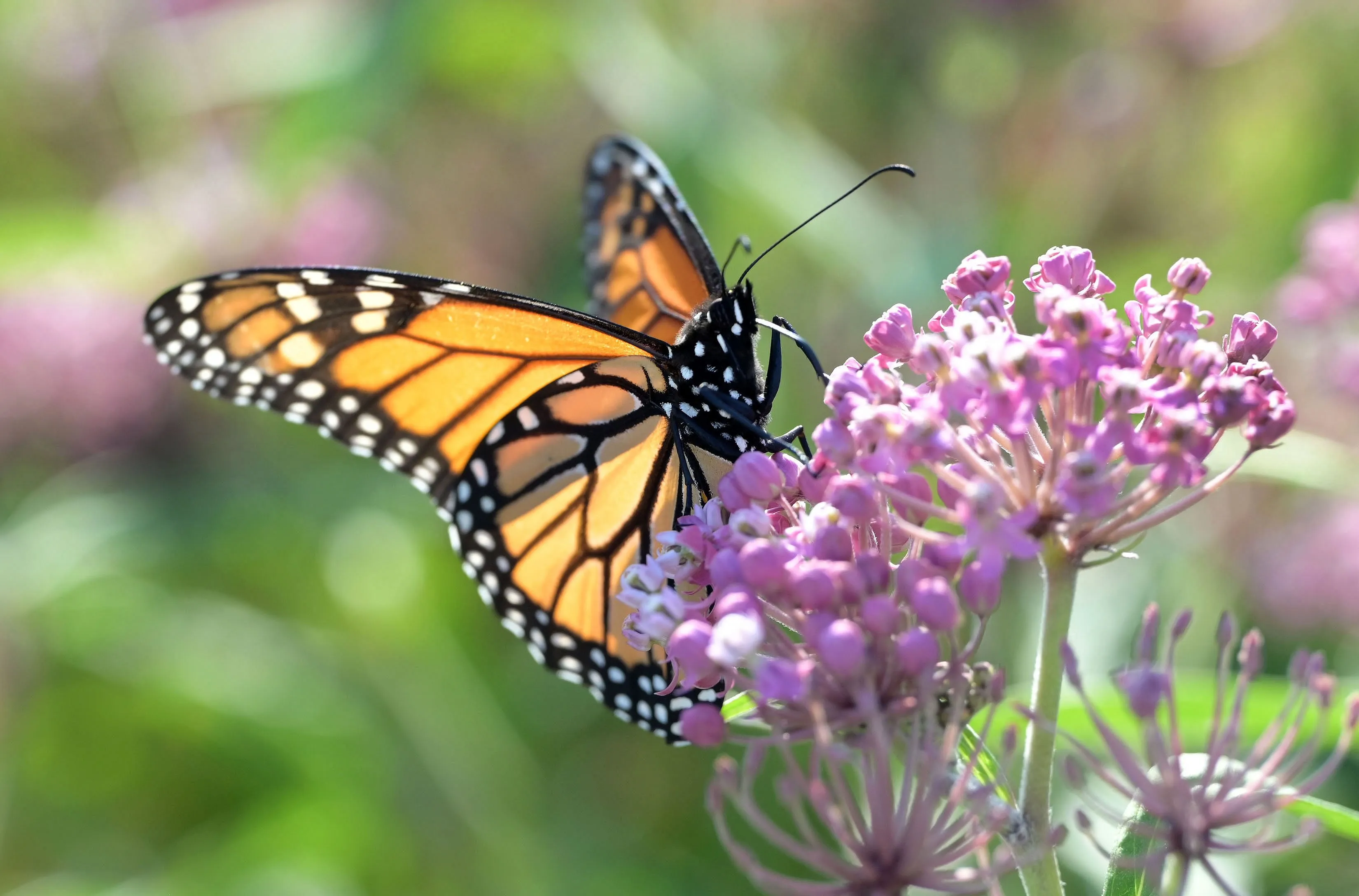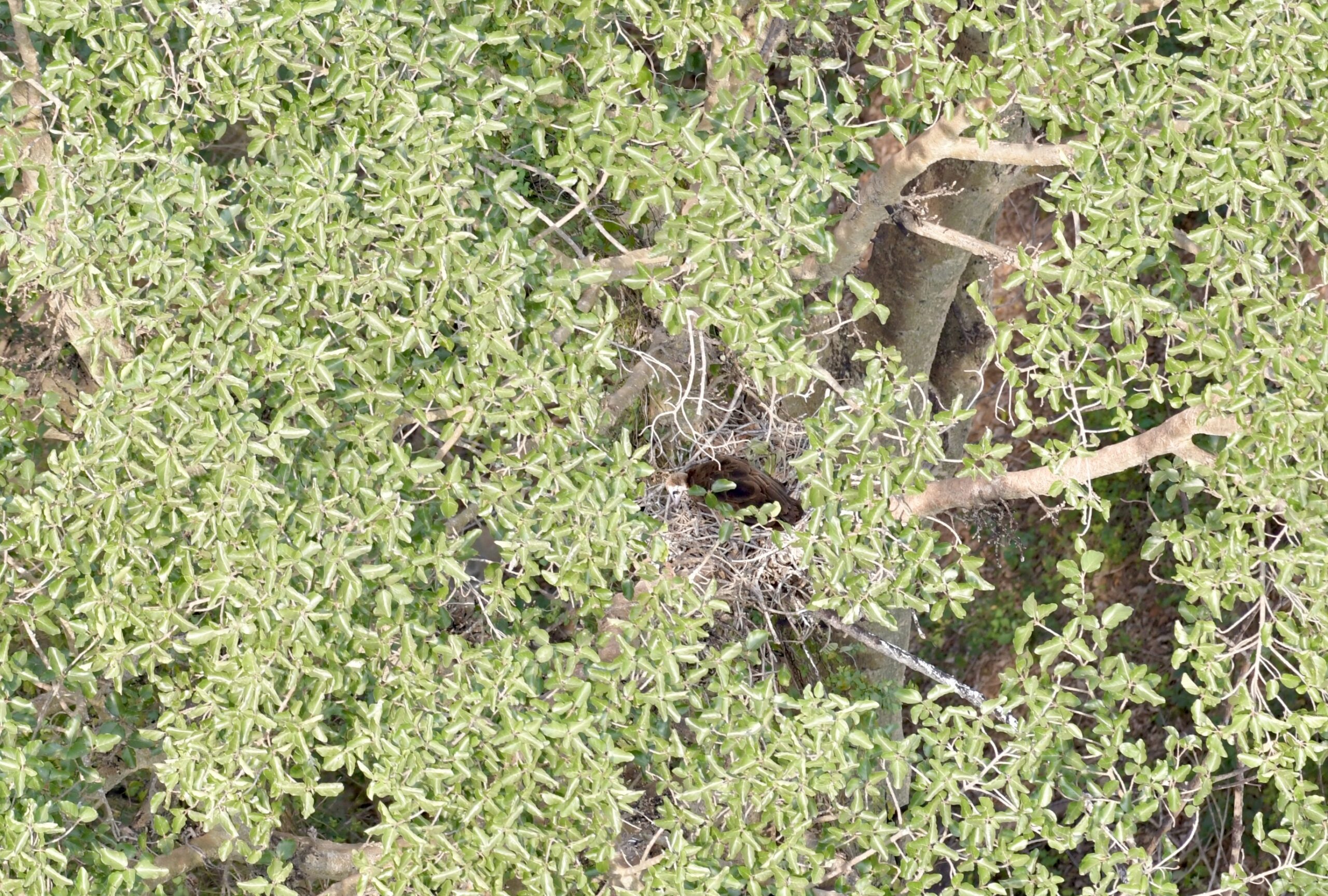By Tyler Refsland and Susan Gallo
Copyright centralmaine

Tyler Refsland is the manager of applied ecology at the Wild Seed Project. Susan Gallo is the executive director of Maine Lakes.
Earlier this month, the U.S. Drought Monitor reported that more than half of Maine was experiencing severe drought. Week after week of sunny skies had its share of downsides. Farmers struggled to keep their crops and livestock hydrated, lawns and fields faded from green to brown, and August saw the highest amount of wildfires in the past 20 years.
For gardeners across the state, these dry conditions meant long hours spent watering flowers and vegetables, coaxing them from parched soil.
But while much of Maine’s landscape has been stressed, one group of plants has demonstrated their resilience: native species. Adapted to Maine’s soils and climate over millennia, many native plant species develop deep, extensive root systems that help them to access water even in the driest conditions. Native plants require not only less watering but less maintenance in general.
The benefits go well beyond convenience. Native plants build climate resilience, expand wildlife habitat and support biodiversity. They provide essential food and shelter for pollinators, birds and other wildlife — benefits that far outweigh those of most cultivated plants commonly sold at nurseries.
Native plants also help to protect our lakes, rivers and streams. Their interwoven root systems provide an anchor for the soil. When the current drought breaks and intense rain events return (remember the 14 straight weekends of rain this past spring?), native plants will absorb some of that rainfall, slowing the flow so it has time to infiltrate into the ground and keeping phosphorus, the nutrient that drives algal blooms, out of our waterways.
Planting native seeds is both easy and affordable, and fall is the best time to sow. Whether you have a yard or just a few pots on a porch, you can start small and still make a big impact. And unlike many vegetable or ornamental seeds that may need heating pads and grow lights, native seeds are happiest spending the winter outside in the cold, buried under snow. Once you sow the seeds and find a good spot outdoors, you can mostly forget about them until the spring.
Seed packets generally run under $6 and often contain enough for 10 or more pots — meaning you’ll have plenty for your own garden, as well as a few extras to share with friends and neighbors. The Wild Seed Project offers a wide range of local seeds, an annual fall plant sale and excellent resources to guide beginners, including Fall Sowing Instructions.
There are many other resources to help you get started. Maine Audubon sells native plants year-round and hosts an online Maine Native Plant Finder. The Northeast Seed Collective is another good resource, and the Wild Seed Project maintains a directory of native nurseries across the state.
These nurseries will often sell only straight species of native plants, frequently grown from seed without the use of pesticides. If you shop at conventional garden centers, read labels carefully and look for straight species of natives rather than cultivars of natives, which provide fewer benefits to pollinators.
There is no shortage of native plants to choose from. They come in all shapes and sizes, with a variety of colors and bloom times that will fit into any yard or garden design. Spring ephemerals emerge early and fade by late summer.
Boneset and wild columbine brighten gardens through July and August. In the fall, asters and goldenrods shine, while native shrubs like ninebark add year-round interest with peeling bark, white spring blossoms and red autumn fruits.
For beginner gardeners, buttonbush, swamp milkweed and blue iris are great options for sunny landscapes, while winterberry hollies, marsh marigold and cardinal flowers are ideal for shadier areas. Whatever your garden space or design preference, there’s a native plant that will fit.
This fall, as you plan your apple picking trips, leaf-peeping hikes and garden harvests, consider adding one more activity: sowing native seeds. It doesn’t take much time and helps ensure Maine’s landscapes remain vibrant and resilient, even as droughts and downpours become more common.
And while you’re at it, give yourself permission to do less. Shrink your lawn, leave the leaves and keep perennial stems in place. These small acts not only cut down on your garden “clean-up,” they provide vital food and habitat for the many pollinators and other wildlife species that will emerge in the spring.
It will also give you more time to enjoy Maine’s unparalleled autumn beauty and the rich, living landscapes that start right outside your door.
“Nature Connects” is a monthly column showcasing conservation stories from people and organizations across Maine. To learn more or suggest story ideas, email [email protected].



